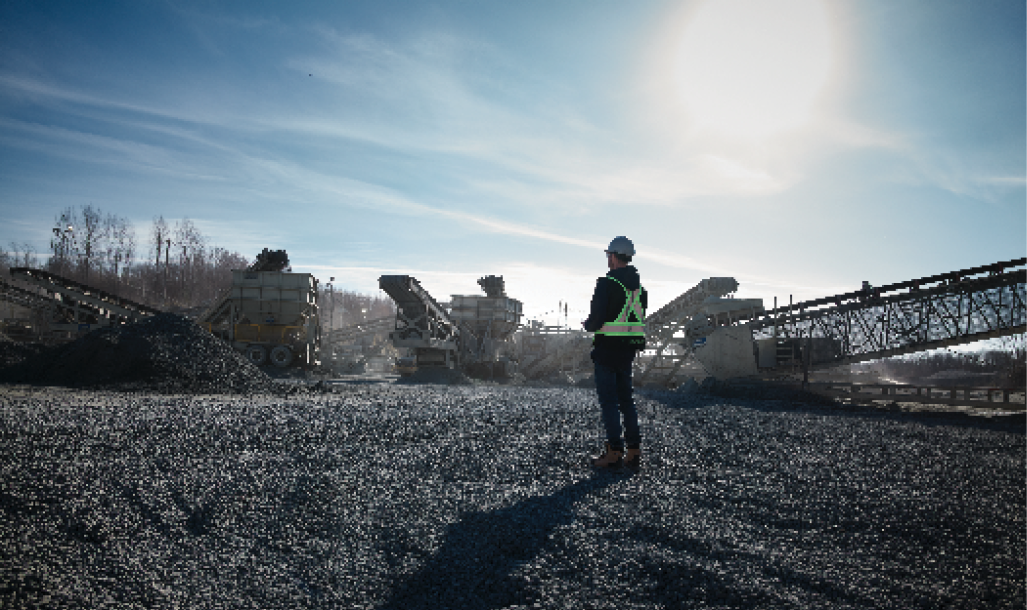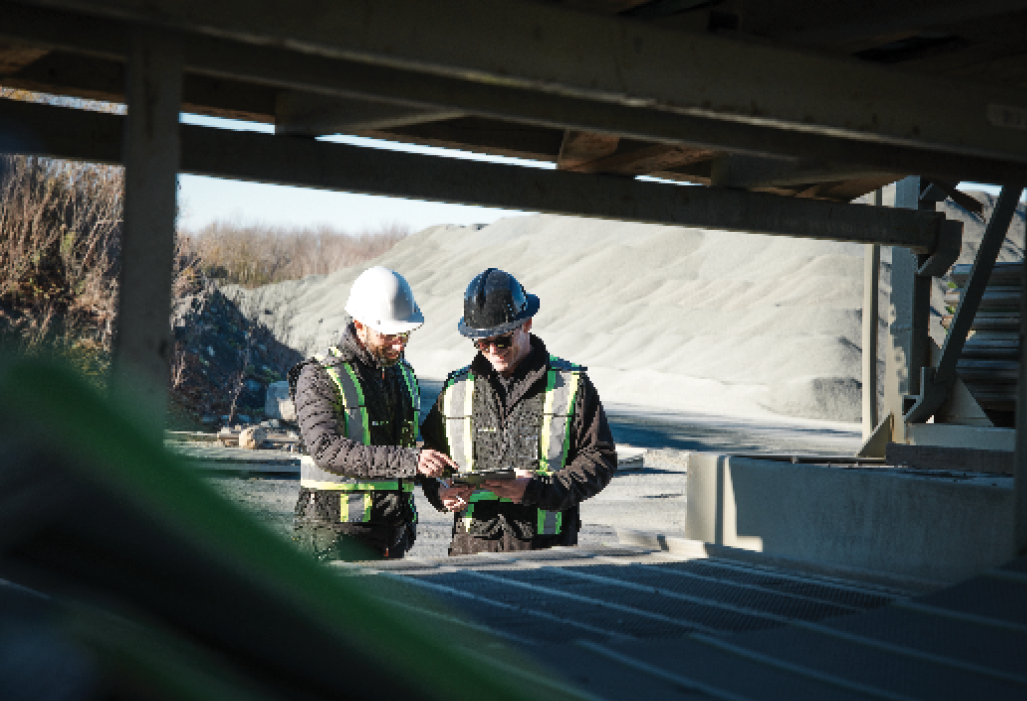Enhancing Sustainability Through Optimized Production.
By Serge Raymond

A growing trend within the aggregate industry is adjusting practices with the end goal of creating zero-carbon mines. Increasing operational efficiency is one key approach toward this goal, which requires a cohesive relationship between a plant’s workforce and its equipment, among other factors.
Screen media selection plays a vital role in this configuration and high-vibrating screens in particular can increase the sustainability of a plant’s operations in the following ways.
Minimizing Material Recirculation
An efficient crushing circuit for a plant relies on optimized screening performance for a high-yield, high-quality product. Synthetic media, such as polyurethane, is often a popular choice due to its durability, which means fewer replacements during processing, and consequently, a perception of a lower cost of production per ton.
However, its vibrations are limited to what its screen box can produce, which is typically a range of 500 to 1,000 strokes per minute. Also, any tears in the synthetic panels are not visible, which eliminates the possibility for any quick, visual checks. The fewer vibrations plus potential maintenance complications can result in a reduced throughput that also contains out-of-spec material that needs to be rescreened.
In comparison, tensioned high-vibration wire screens allow wires to vibrate independently at a high frequency of 6,000 to 10,000 strokes per minute for faster material stratification, in some cases, offering up to 50% more screen capacity than traditional polyurethane and rubber panels.
The increased screening action coupled with more open area allows for a greater quantity of material to be sized accurately in less time, which reduces both material recirculation and wear on the crushers.

Reducing Water Usage
Optimizing energy consumption is a win-win for the environment as well as for a plant’s return on investment. One way to achieve this is by reducing water usage that is largely used to clean off clogged screens.
The natural movement of high-vibration screen media creates a self-cleaning action that virtually eliminates pegging and clogging across the top and bottom decks that arise from caked-on material and jammed particles. This means that material processing can proceed with fewer resources needed, which in turn reduces operational costs.
Sustainability Success
Energy-efficient mining practices can go hand in hand with maximized productivity. When it comes to improving operational efficiency, the best supplier will not just offer products, but also collaborate with you on solutions that will keep your operations up-to-date and competitive with industry-leading, sustainable practices.
Partnering with an OEM-certified technician is a cost-effective first step toward identifying where and how high-vibration screen media can enhance the efficiency of your operations.
“Optimizing energy consumption is a win-win for the environment as well as for a plant’s return on investment.”

Serge Raymond is a product specialist for MAJOR. All photos courtesy of MAJOR.
